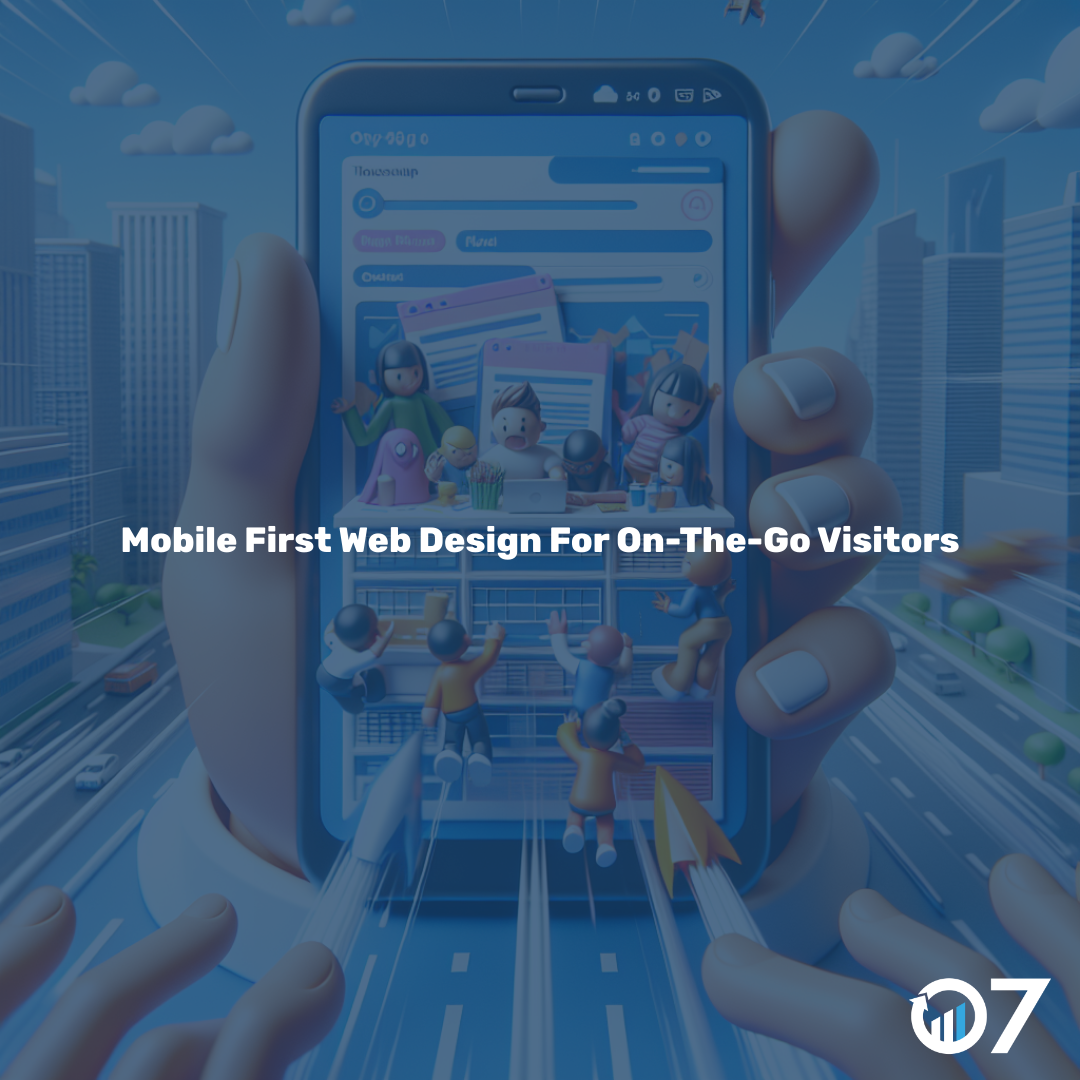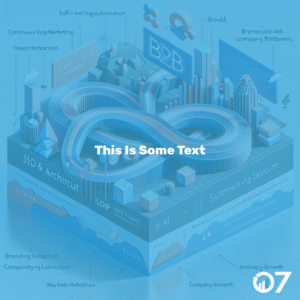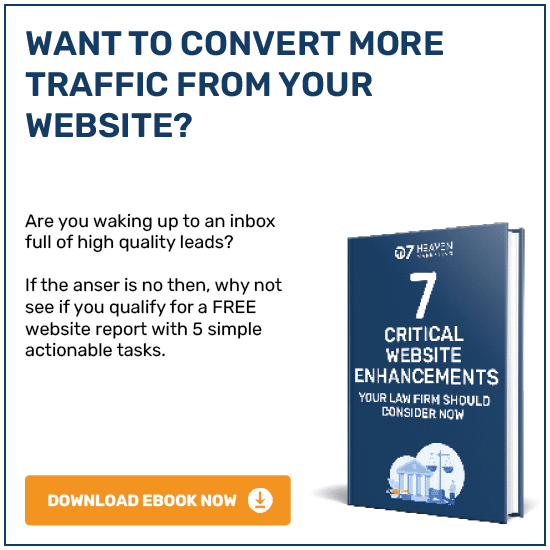Mobile First Web Design is essential for businesses to cater to on-the-go visitors. Read on to discover how it enhances user experience and boosts engagement.
I still remember my first assignment at a digital marketing company. I had to review a client’s website design and provide recommendations.
As I delved into the project, I realised the importance of Mobile First Web Design. It was clear that websites needed to be optimised for mobile users.
Why Mobile First Web Design Matters
Mobile First Web Design prioritises the mobile user experience. This approach ensures websites are user-friendly on smartphones and tablets.
With mobile usage surpassing desktop, businesses must adapt. A mobile-first approach enhances accessibility and user satisfaction.
Mobile First Web Design is not just a trend. It’s a necessity for businesses aiming to stay competitive in the digital age.
Improved User Experience
Mobile First Web Design focuses on simplicity and functionality. This results in a smoother and more enjoyable user experience.
Users can easily navigate and find information on mobile-optimised websites. This reduces bounce rates and increases engagement.
Faster Loading Times
Websites designed with a mobile-first approach load faster. This is crucial as users expect quick access to information.
Faster loading times improve user satisfaction and search engine rankings. Google prioritises mobile-friendly websites in search results.
Increased Conversion Rates
Mobile First Web Design can lead to higher conversion rates. A seamless mobile experience encourages users to take action.
Whether it’s making a purchase or signing up for a newsletter, mobile optimisation is key. Businesses can see significant improvements in their conversion metrics.
Key Elements
Several elements are essential for effective Mobile First Web Design. These include responsive design, touch-friendly navigation, and optimised content.
Responsive Design
Responsive design ensures websites adapt to various screen sizes. This provides a consistent experience across all devices.
Using flexible layouts and images, responsive design adjusts seamlessly. This is crucial for maintaining usability and aesthetics.
Touch-Friendly Navigation
Touch-friendly navigation is vital for mobile users. Buttons and links should be easily tappable.
Design elements must be spaced appropriately to avoid accidental clicks. This enhances the overall user experience.
Optimised Content
Content must be concise and easily digestible on mobile devices. Long paragraphs and large blocks of text can overwhelm users.
Using bullet points and subheadings improves readability. Visual content should also be optimised for faster loading times.
Implementing
Implementing Mobile First Web Design requires careful planning and execution. Businesses should start by analysing their current website performance.
Identify areas that need improvement and prioritise mobile optimisation. This may involve redesigning certain elements or creating new content.
Analyse User Behaviour
Understanding how users interact with your website is crucial. Use analytics tools to gather data on user behaviour.
Identify common pain points and areas where users drop off. This information can guide your mobile-first design strategy.
Prioritise Essential Features
Focus on the most important features and functionalities. Eliminate unnecessary elements that can clutter the user experience.
Ensure that key actions, such as contact forms or purchase buttons, are easily accessible. This enhances usability and encourages conversions.
Test and Iterate
Testing is a critical part of the Mobile First Web Design process. Conduct usability tests to gather feedback from real users.
Make necessary adjustments based on the feedback received. Continuous iteration ensures your website remains optimised for mobile users.
Common Challenges and Solutions
Mobile First Web Design comes with its own set of challenges. However, these can be addressed with the right approach.
Content Prioritisation
One challenge is prioritising content for mobile users. Limited screen space means you must be selective.
Focus on delivering the most relevant information. Use concise language and avoid unnecessary details.
Performance Optimisation
Ensuring fast loading times can be challenging. Optimise images and use efficient coding practices.
Consider using content delivery networks (CDNs) to enhance performance. This ensures a smooth experience for users, regardless of their location.
Consistent Branding
Maintaining consistent branding across devices is crucial. Your website should reflect your brand identity, whether on mobile or desktop.
Use consistent colours, fonts, and imagery. This builds trust and recognisability among users.
The Future of Mobile First Web Design
The future of Mobile First Web Design looks promising. As technology evolves, so do user expectations.
Businesses must stay ahead of the curve by embracing new trends and technologies. This includes advancements in AI, voice search, and augmented reality.
AI and Personalisation
Artificial Intelligence (AI) is transforming web design. AI can personalise user experiences based on individual preferences.
This creates a more engaging and relevant experience for users. Businesses can leverage AI to enhance their mobile-first strategies.
Voice Search Optimisation
Voice search is becoming increasingly popular. Optimising for voice search can improve accessibility and user experience.
Ensure your content is easily discoverable through voice queries. This involves using natural language and focusing on long-tail keywords.
Augmented Reality
Augmented Reality (AR) is an emerging trend in web design. AR can provide interactive and immersive experiences for users.
Businesses can use AR to showcase products or services in innovative ways. This enhances engagement and sets your brand apart.
Conclusion Embracing Mobile First Web Design
Mobile First Web Design is essential for businesses in today’s digital landscape. It ensures your website is accessible and user-friendly for on-the-go visitors.
By prioritising mobile optimisation, you can improve user experience, increase engagement, and boost conversions. Stay ahead by embracing new trends and technologies.
For more insights, visit our blog or contact us via email at info@07hm.co.uk or telephone 01702 410663.





